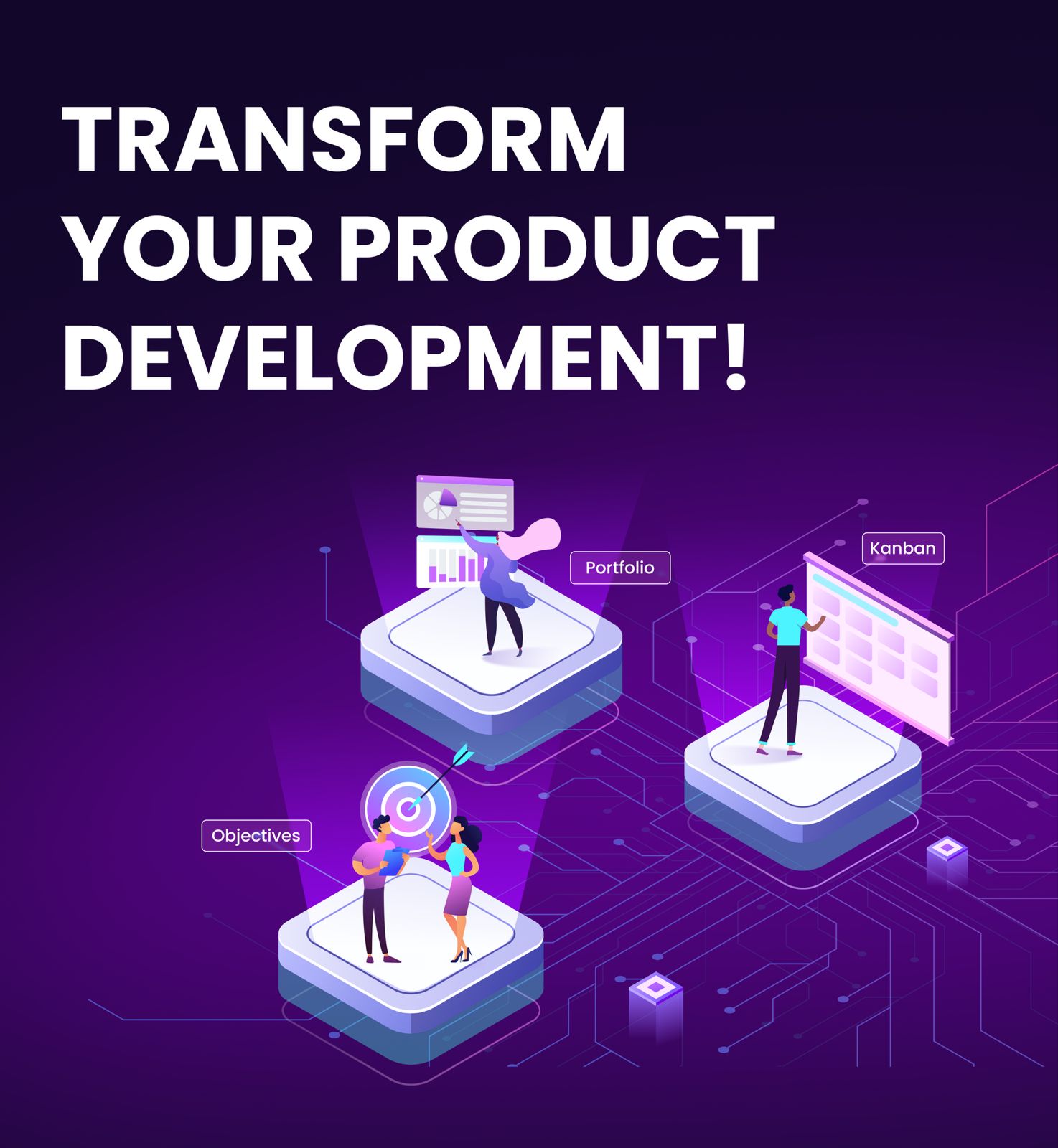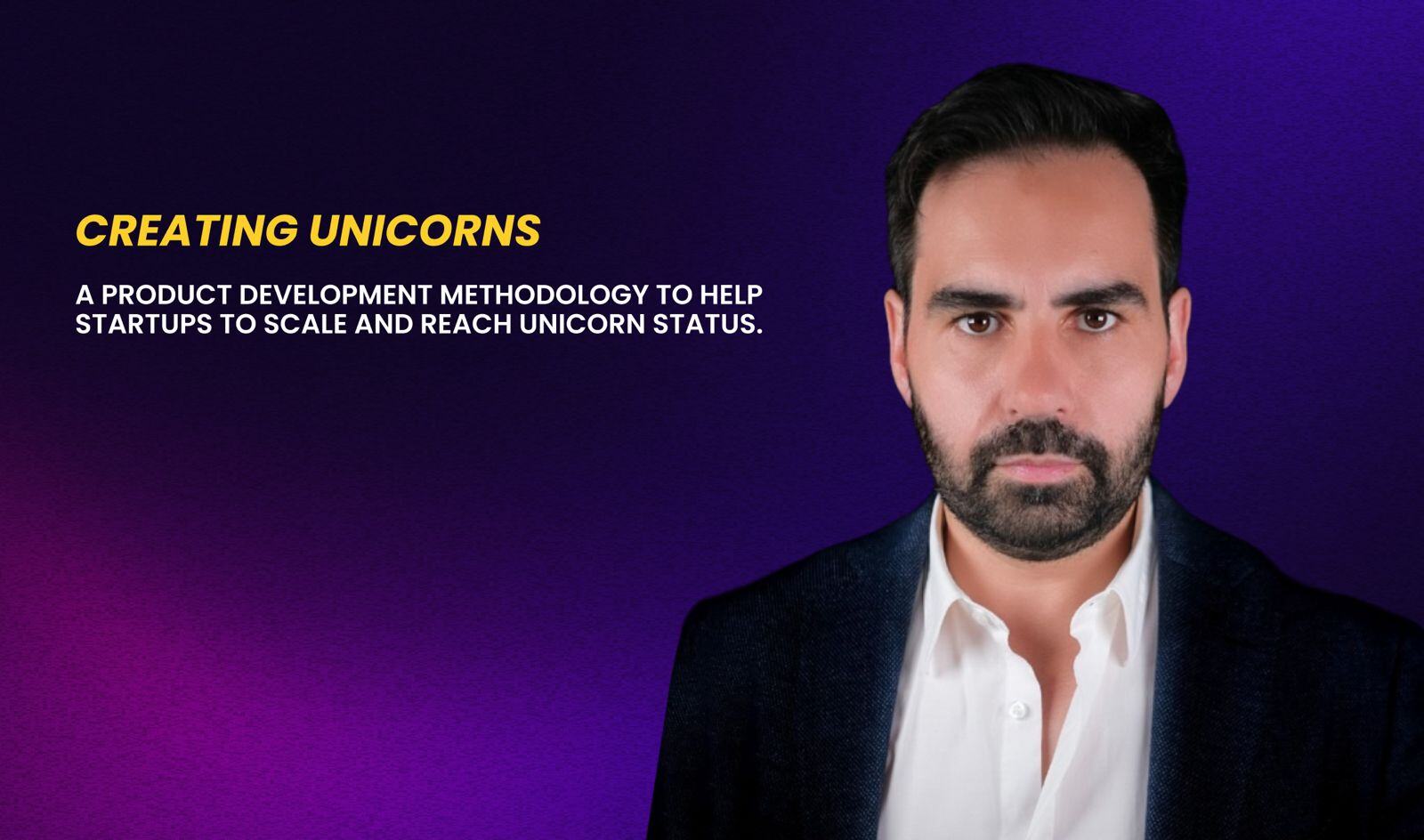Dual Track Agile: The Secret Weapon for Scaling Startups
As startups transition from finding product-market fit to scaling their operations, they face a unique set of challenges. One of the most critical is maintaining the innovative spirit and agility that drove their initial success while simultaneously building robust processes to support growth. Enter dual track agile - a powerful framework that's becoming increasingly essential for startups navigating the complexities of scaling.
In this comprehensive guide, we'll explore how dual track agile can be the secret weapon for scaling startups, providing a structured yet flexible approach to product development that balances innovation with execution.
What is Dual Track Agile?

At its core, dual track agile is an organizational approach that separates product development work into two parallel tracks:
- Discovery Track: Focused on understanding user needs, validating ideas, and de-risking potential solutions before committing significant resources to development.
- Delivery Track: Centered on building, testing, and shipping validated product increments efficiently and reliably.
While the term "dual track" might suggest two separate activities, in practice, these tracks in dual track agile are deeply interconnected, with constant communication and feedback loops between them. For scaling startups, this dual track agile approach offers a way to maintain the rapid innovation that fueled their early success while building the processes needed to support sustainable growth.
The Evolution of Dual Track Agile
The concept of dual track agile isn't entirely new. Its roots can be traced back to the early days of agile and lean startup methodologies. However, the prominence of dual track agile has grown significantly in recent years as more companies, especially scaling startups, have recognized the limitations of traditional agile approaches in balancing discovery and delivery work.
Traditional agile methodologies like Scrum often struggle to accommodate the exploratory nature of product discovery work within their fixed sprint structures. This can lead to rushed discovery efforts or, conversely, delays in delivery as teams wait for discovery work to complete.
Dual track agile evolved as a response to these challenges, providing a framework that allows for both the rapid experimentation needed in discovery and the structured development cycles required for reliable delivery.
Why Dual Track Agile is Crucial for Scaling Startups
As startups scale, they face increasing pressure to both innovate and execute efficiently. The dual track agile approach is particularly well-suited to address these challenges:
- Balancing Innovation and Execution
Scaling startups must continue to innovate to stay ahead of competitors while also delivering reliable products to their growing customer base. Dual track agile provides a framework to do both simultaneously.
- Efficient Resource Allocation
By validating ideas before committing to full development, startups using dual track agile can ensure they're investing their limited resources in the most promising opportunities.
- Faster Time-to-Market
The continuous nature of the discovery track in dual track agile means that there's always a pipeline of validated ideas ready for development, reducing delays between conception and delivery.
- Reduced Risk
By thoroughly exploring and validating ideas before development, startups implementing dual track agile can significantly reduce the risk of building products or features that don't meet market needs.
- Improved Team Alignment
The dual track agile approach encourages closer collaboration between different functions (product, design, engineering), leading to better alignment and more cohesive products.
Implementing Dual Track Agile in Scaling Startups
While the benefits of dual track agile are clear, implementing it effectively in a scaling startup requires careful planning and execution. Here's a step-by-step guide to getting started with dual track agile:
- Establish Dedicated Discovery Resources
Allocate specific team members or even entire teams to focus on discovery work within the dual track agile framework. This typically includes product managers, UX designers, and researchers. In smaller startups, these roles might be combined, but it's crucial to have dedicated time for discovery activities.
- Create Clear Processes for Moving Ideas from Discovery to Delivery
Develop a systematic approach for how ideas progress from initial concept through validation and into development in your dual track agile system. This might include stages like:
- Idea generation
- Initial validation (e.g., user interviews, surveys)
- Prototyping and user testing
- Business case development
- Handoff to delivery teams
- Visualize Both Discovery and Delivery Work

Use visual management tools like Kanban boards to track both discovery and delivery work in your dual track agile process. This provides transparency and helps identify bottlenecks in the process. A typical dual track agile board might include columns like:
Discovery Track:
- Ideas
- Researching
- Prototyping
- Validating
- Ready for Development
Delivery Track:
- Backlog
- In Development
- Testing
- Ready for Release
- Balance Team Capacity Across Both Tracks
Ensure that there's sufficient capacity in both discovery and delivery tracks of your dual track agile system. The ratio will depend on your specific needs, but a common starting point is allocating about 20-30% of capacity to discovery work.
- Foster Tight Collaboration Between Discovery and Delivery Teams
While the work is separated into two tracks in dual track agile, the teams should not be siloed. Regular touchpoints between discovery and delivery teams ensure that insights are shared, technical feasibility is considered early, and the transition from discovery to delivery is smooth.
- Implement Rapid Learning Cycles
In the discovery track of your dual track agile process, implement short learning cycles (often 1-2 weeks) focused on validating specific hypotheses. This maintains momentum and ensures regular progress.
- Align Discovery Work with Strategic Goals
Ensure that discovery efforts in your dual track agile system are guided by the startup's overall strategy and goals. This prevents the discovery track from becoming a disparate collection of ideas without clear business value.
- Measure and Optimize the Process
Regularly review the effectiveness of your dual track agile process. Key metrics might include:
- Time from idea to validation
- Percentage of validated ideas that make it to development
- Time from development start to release
- Customer satisfaction with new features
Challenges and Solutions in Implementing Dual Track Agile
While dual track agile offers numerous benefits, scaling startups may face challenges in its implementation:
- Cultural Resistance
Challenge: Some team members, particularly those from traditional development backgrounds, may resist the separation of discovery and delivery work in dual track agile.
Solution: Educate the team on the benefits of dual track agile, highlighting how it can lead to more impactful work and reduced waste. Encourage cross-functional collaboration to break down silos.
- Maintaining Alignment Between Tracks
Challenge: As the discovery and delivery tracks in dual track agile operate at different paces, there's a risk of misalignment.
Solution: Implement regular sync meetings between discovery and delivery teams. Use tools like story mapping to maintain a shared understanding of the product vision and roadmap within your dual track agile framework.
- Overemphasis on Delivery at the Expense of Discovery
Challenge: In the pressure to ship features, discovery work in dual track agile may be neglected.
Solution: Set clear expectations around the importance of discovery work in the dual track agile process. Protect discovery time and resources, even when delivery deadlines loom.
- Managing the Discovery-to-Delivery Transition
Challenge: Handoffs from discovery to delivery teams in dual track agile can lead to information loss or misinterpretation.
Solution: Develop clear documentation and handoff processes within your dual track agile system. Consider having discovery team members participate in the initial stages of development to ensure continuity.
- Scaling the Process as the Company Grows
Challenge: What works for a small startup may not be effective as the company scales its dual track agile approach.
Solution: Regularly reassess and adjust your dual track agile process. Be prepared to evolve the approach as your startup grows, potentially implementing more structured frameworks like SAFe (Scaled Agile Framework) for larger organizations while maintaining the core principles of dual track agile.
The Future of Dual Track Agile for Scaling Startups
As the startup ecosystem continues to evolve, we can expect dual track agile to become increasingly sophisticated. Some trends to watch in the dual track agile space include:
- AI-Assisted Discovery: The use of AI tools to accelerate user research, prototype generation, and data analysis in the discovery track of dual track agile.
- Continuous Deployment in the Delivery Track: As DevOps practices mature, the delivery track in dual track agile will move towards more continuous deployment models, further reducing time-to-market.
- Virtual and Augmented Reality in Prototyping: Advanced VR and AR tools will allow for more immersive prototyping in the discovery track of dual track agile, particularly for complex or physical products.
- Increased Focus on Sustainable and Ethical Innovation: Discovery tracks in dual track agile will likely incorporate more explicit consideration of sustainability and ethical implications of new products and features.
Conclusion
For scaling startups, dual track agile represents more than just a product development methodology - it's a fundamental shift in how they approach innovation and execution. By separating discovery and delivery work while maintaining tight integration between the two, startups can create a sustainable engine for growth that balances the need for rapid innovation with the demands of reliable product delivery.
Implementing dual track agile effectively requires commitment, cultural change, and ongoing refinement. However, for startups looking to scale successfully in today's fast-paced, competitive markets, it's an investment that can pay significant dividends. By embracing dual track agile, scaling startups position themselves to not just survive but thrive, continuously delivering value to customers while exploring new frontiers of innovation.
As you embark on your dual track agile journey, remember that the key to success lies in maintaining flexibility, fostering collaboration, and always keeping the focus on delivering value to your customers. With these principles in mind, dual track agile can indeed become your secret weapon for scaling success.
Dual Track Agile FAQ
What is dual track agile?
Dual track agile is an organizational approach that separates product development work into two parallel tracks: the discovery track (focused on understanding user needs and validating ideas) and the delivery track (centered on building, testing, and shipping validated product increments). These tracks work in tandem with constant communication and feedback loops between them.
Why is dual track agile important for scaling startups?
Dual track agile helps scaling startups balance innovation with execution, allocate resources efficiently, reduce time-to-market, minimize risk of building unwanted products, and improve alignment between different teams and functions. It provides structure while maintaining the flexibility needed during rapid growth.
How do I implement dual track agile in my startup?
Start by establishing dedicated discovery resources, creating clear processes for moving ideas from discovery to delivery, visualizing both tracks of work, balancing team capacity across tracks, fostering collaboration between discovery and delivery teams, implementing rapid learning cycles, and aligning discovery work with strategic goals.
What's the recommended resource allocation between discovery and delivery tracks?
While specific needs vary by company, a common starting point is allocating approximately 20-30% of capacity to discovery work and 70-80% to delivery work. This balance may shift based on your product's maturity and market conditions.
What are common challenges when implementing dual track agile?
Common challenges include cultural resistance, maintaining alignment between tracks, overemphasizing delivery at the expense of discovery, managing the discovery-to-delivery transition effectively, and scaling the process as the company grows. Each requires specific strategies to overcome.
How does dual track agile differ from traditional agile methodologies?
Traditional agile methodologies like Scrum often struggle to accommodate exploratory product discovery work within fixed sprint structures. Dual track agile evolved to address this limitation by providing dedicated space for discovery while maintaining structured development cycles for delivery.
What roles are typically involved in the discovery track?
The discovery track typically involves product managers, UX designers, and researchers. In smaller startups, these roles might be combined, but it's crucial to have dedicated time allocated for discovery activities regardless of team size.
How do you measure the success of dual track agile implementation?
Disclaimer
This blog post was initially generated using Inno Venture AI, an advanced artificial intelligence engine designed to support digital product development processes. Our internal team has subsequently reviewed and refined the content to ensure accuracy, relevance, and alignment with our company's expertise.
Inno Venture AI is a cutting-edge AI solution that enhances various aspects of the product development lifecycle, including intelligent assistance, predictive analytics, process optimization, and strategic planning support. It is specifically tailored to work with key methodologies such as ADAPT Methodology® and Scaleup Methodology, making it a valuable tool for startups and established companies alike.
Inno Venture AI is currently in development and will soon be available to the public. It will offer features such as intelligent product dashboards, AI-enhanced road mapping, smart task prioritization, and automated reporting and insights. If you're interested in being among the first to access this powerful AI engine, you can register your interest at https://innoventureai.com/

Take The Test

Sign Up
You May Also Like
These Related Stories

Employee Engagement: The Hidden Growth Engine for Scaling Startups

Candidate Selection: The Framework For Scaling Startup Success


